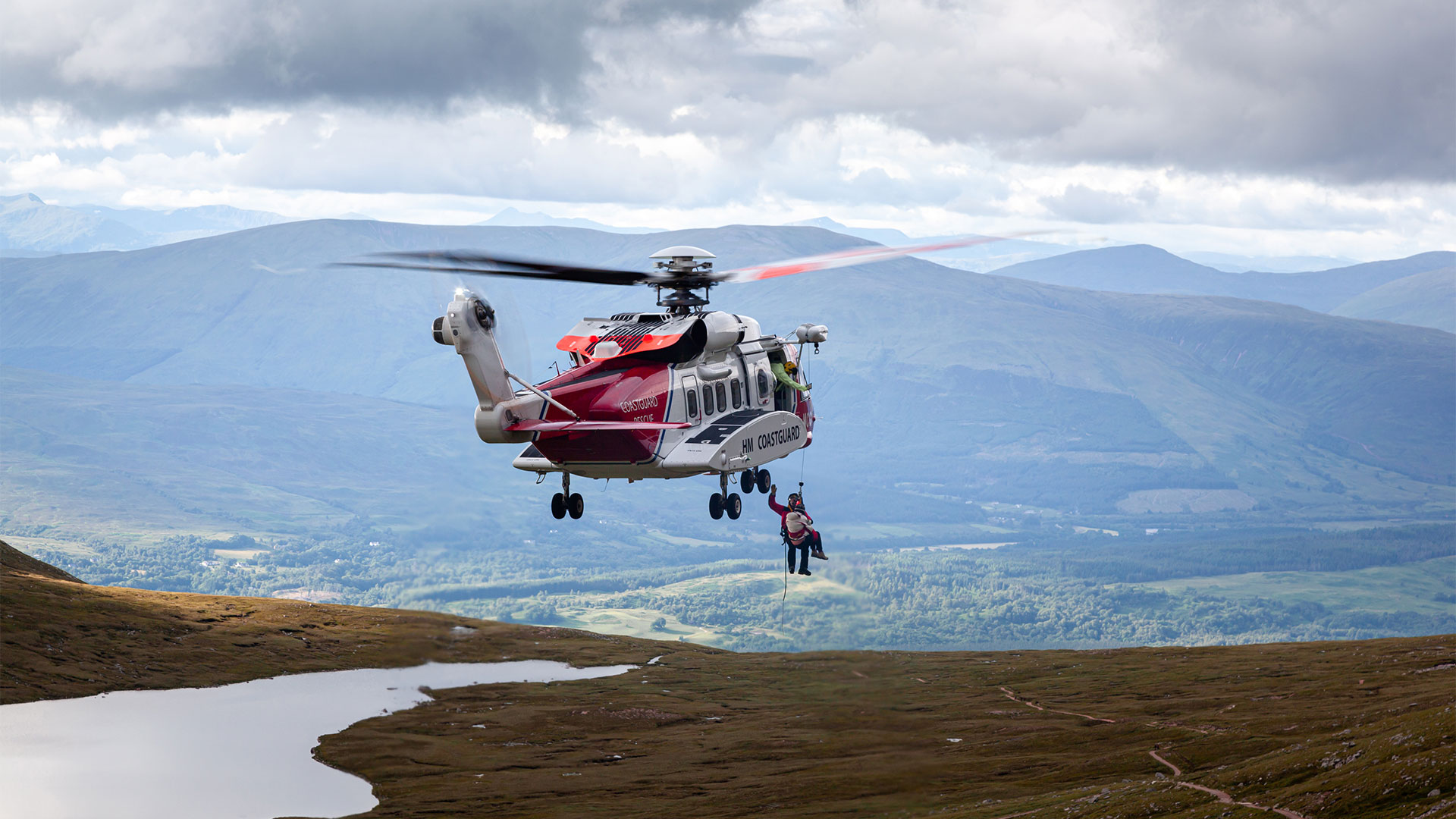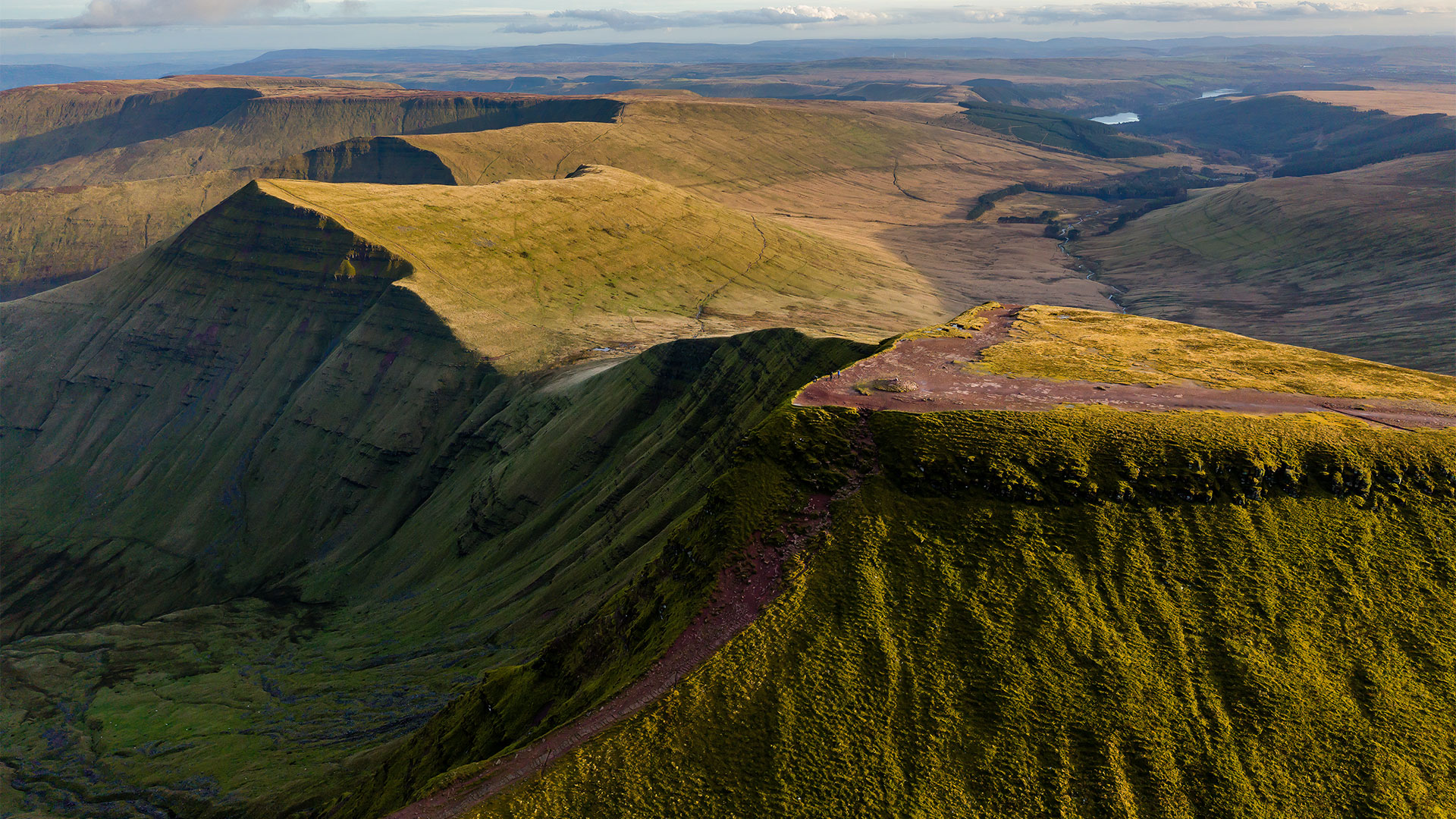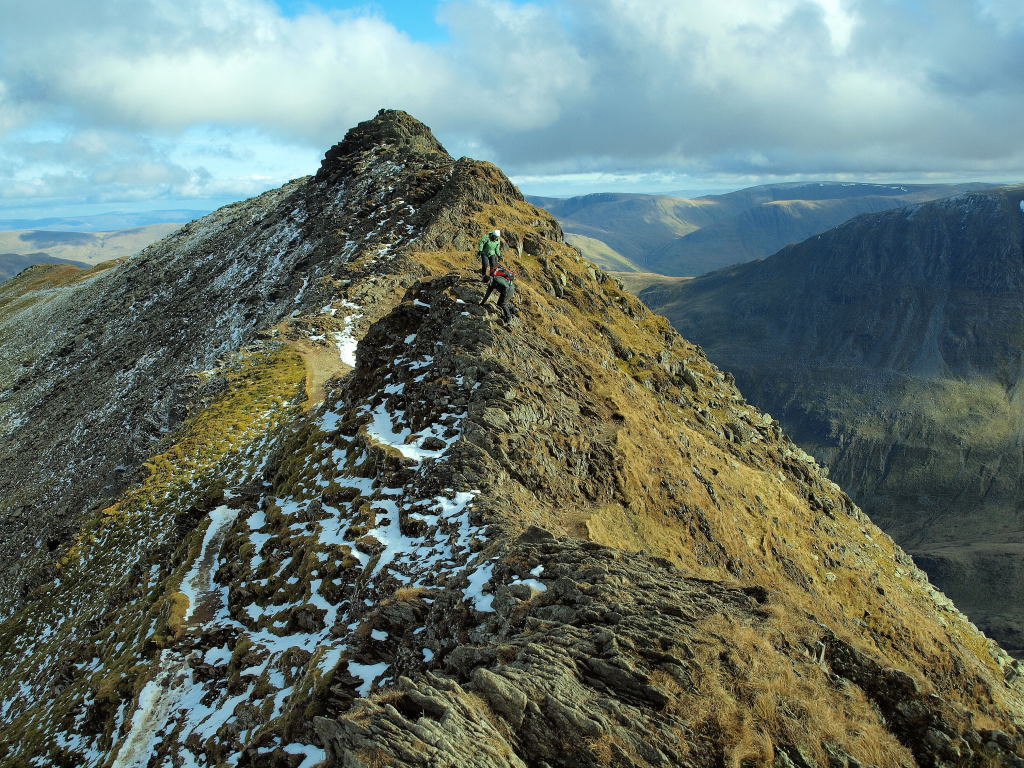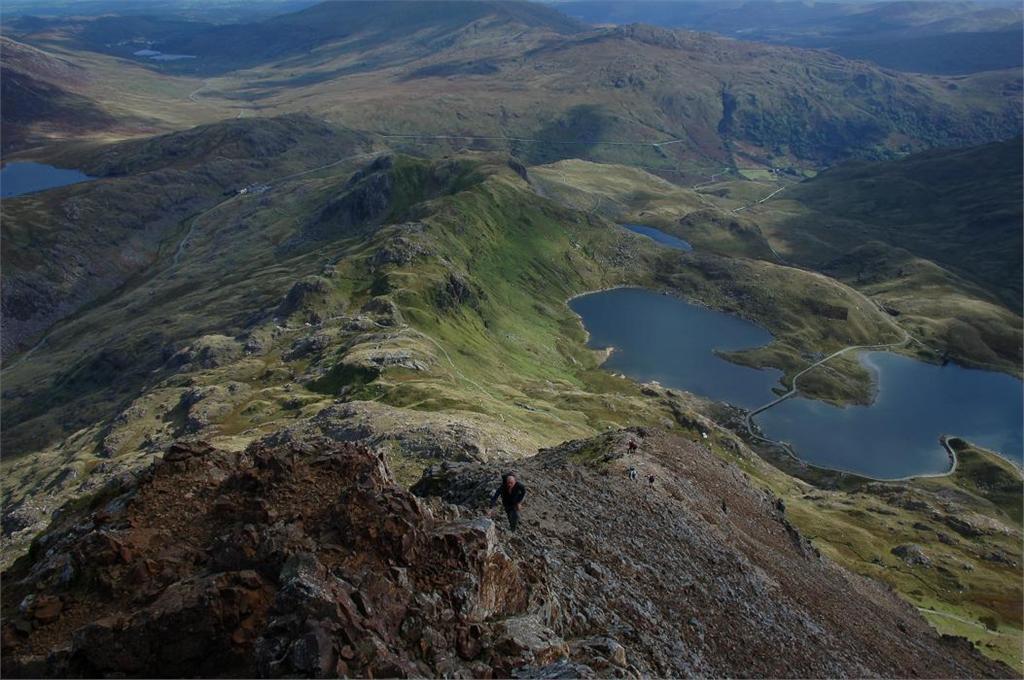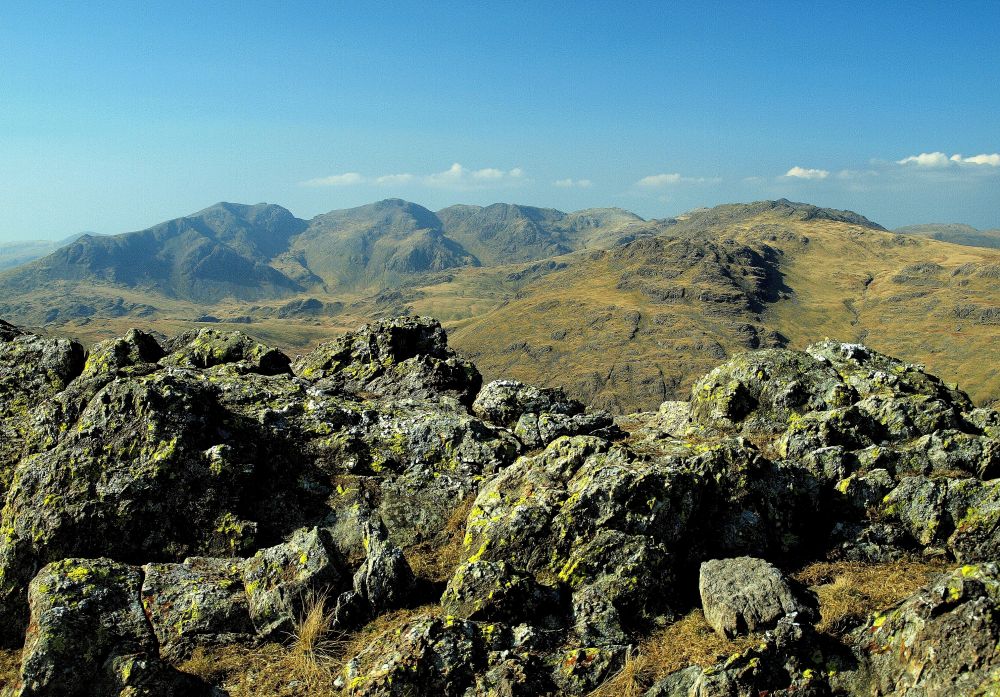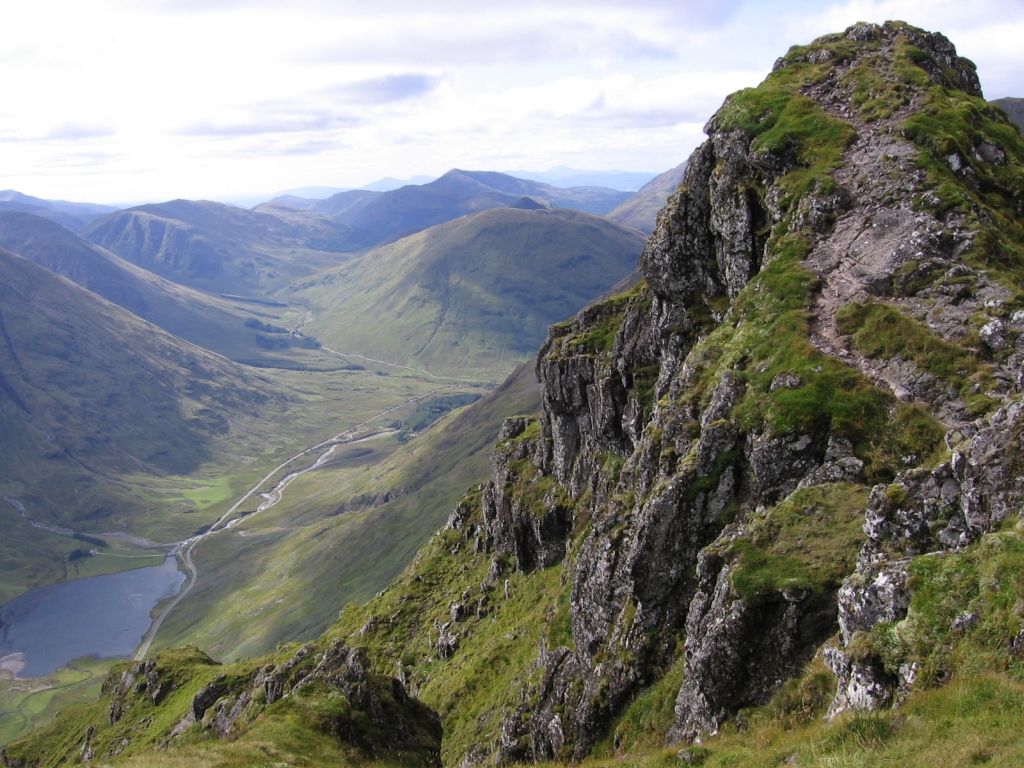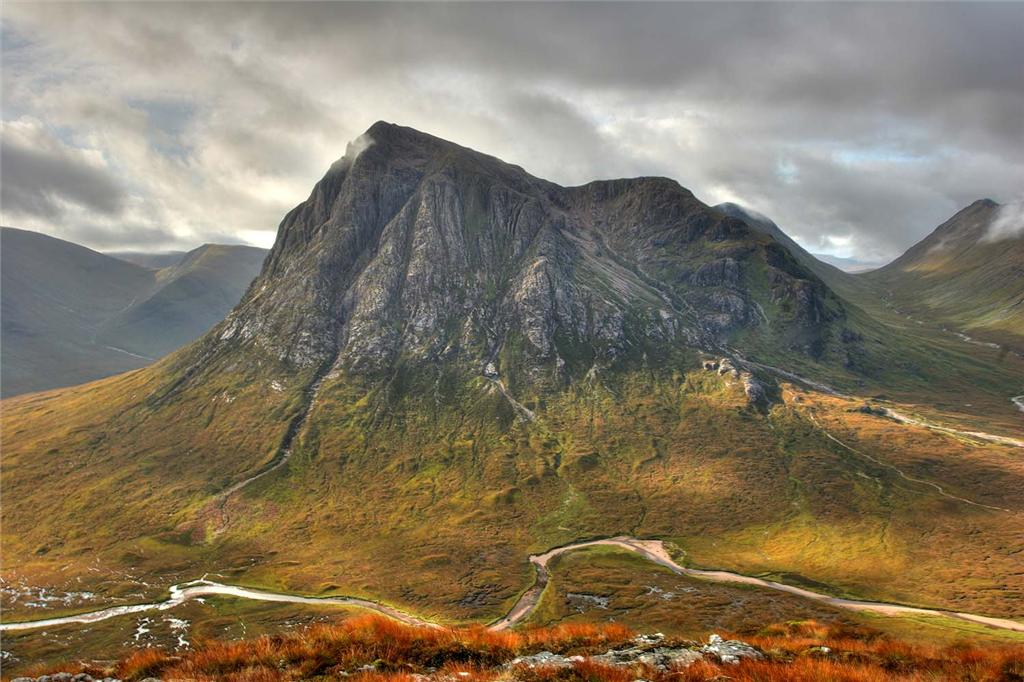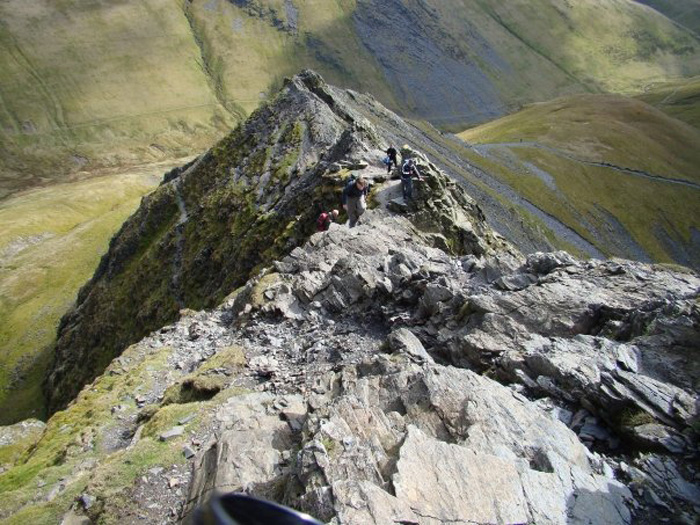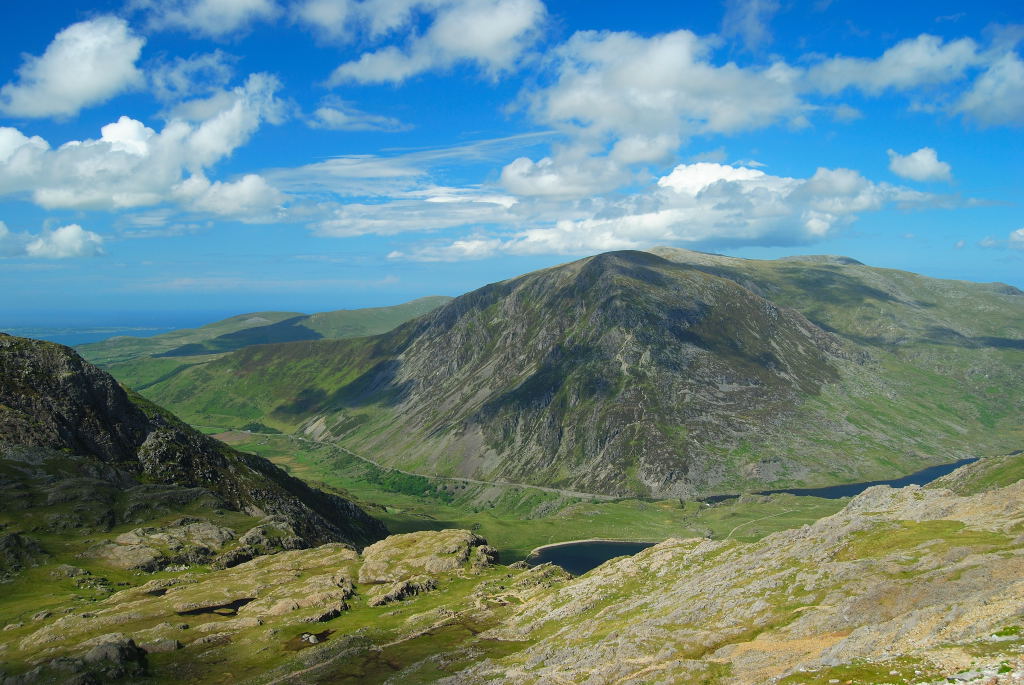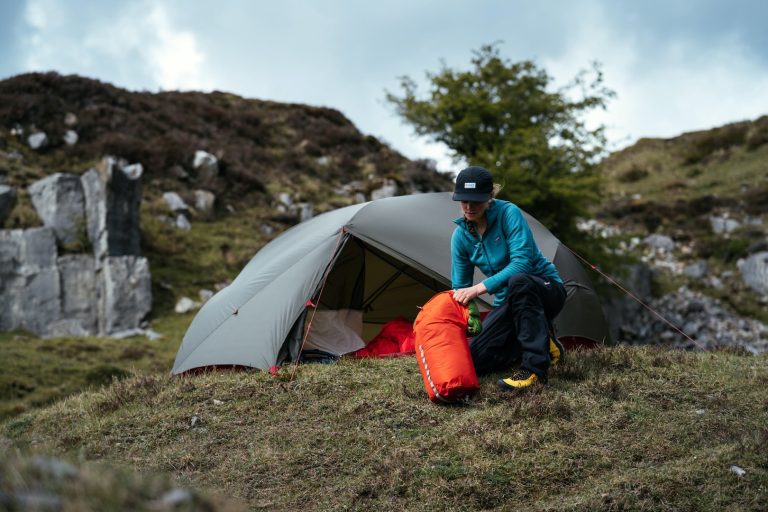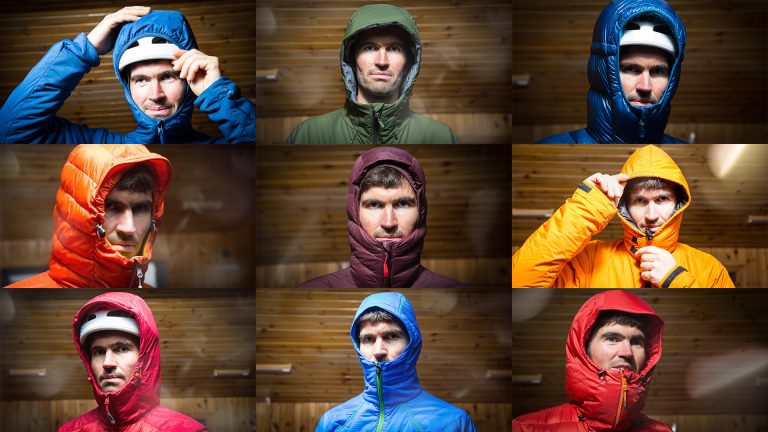Mountains are beautiful places to walk and climb, but with extreme beauty comes the occasional helping of danger. We’ve picked out ten of the most prominent accident black-spots on British mountains, explained why they’re dangerous and picked out some advice how you can avoid becoming a statistic.
A report commissioned by Mountain Rescue England and Wales said: “Poor navigation skills and inappropriate navigational gear figure prominently in rescuers.” Late starts, poor reading of terrain, and the public’s ability to modify their plans have been cited many times in these reports.
So that’s a start, but why are these individual blackspots potentially dangerous and what can you do to stay safe?
To find out more about each mountain blackspot, scroll down the page or follow the links below.
- Ben Nevis
- Cairngorm
- Pen y Fan
- Helvellyn
- Snowdon
- Scafell
- Aonach Eagach
- Buachaille Etive Mor
- Blencathra
- The Devil’s Kitchen
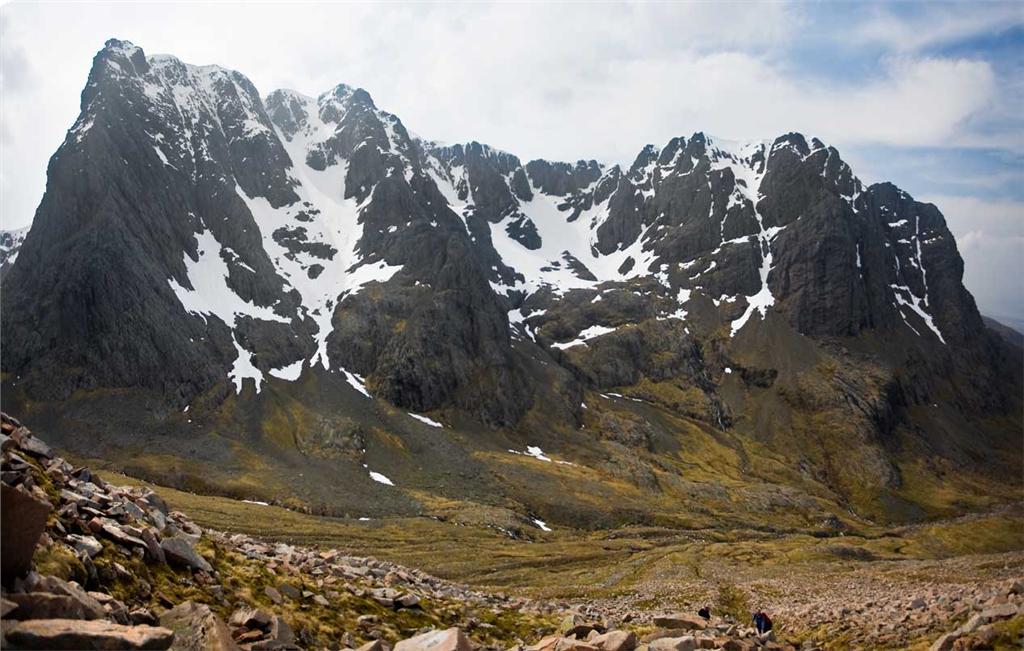
Ben Nevis (The Summit)
The highest mountain in the British Isles stands 1,344m (4,408ft) above sea level. Situated in the Scottish Highlands near Fort William, the Ben is a fantastic mountain playground, for climbers, skiers and mountaineers, when enjoyed responsibly.
With over 100,000 visitors summiting Nevis every year, there are bound to be a few health and safety incidents along the way – especially considering the 4.350mm of rainfall per annum and only one in ten days with clear skies. Due to its height the average summit temperature is one below freezing, which puts hikers in jeopardy if they’re not equipped with adequate outdoor clothing and equipment.
Main Danger
Navigation from the summit back down the usual tourist path descent is notoriously tricky, with the steep and craggy north face on one side, and the steep and exposed south face on the other. Plenty of walkers and climbers have accidentally strayed into the notorious Five Finger Gully in poor visibility often with tragic results.
Stay Safe
Good nav’ skills, detailed map, compass, and other equipment are crucial, but you can improve your vicarious local knowledge in advance using the dedicated Ben Nevis page on the MCoS website.

